
Itinerary
Day 1: Courmayeur to Val Ferret
Distance: 5.8km. Ascent: 550m. Descent: 50m. Max altitude: 2,056m
Time: 3 or 4 hours
Itinerary: We’ll either pick you up from Geneva Airport at 8:00am or meet you at Vert Lodge Hotel in Chamonix at 9:00am -your choice. That’s where you’ll meet the guide and rest of the group, get a quick briefing, and have your kit checked. Anything you don’t need for the hike can be safely stored in our baggage room.
Then we’ll drive through the Mont Blanc Tunnel and head to Planpincieux. After grabbing a coffee, we’ll start the hike up from Val Ferret valley. It’s a beautiful route with views of the Mont Blanc massif from the “other side,” plus glaciers and waterfalls to keep things interesting.
By the afternoon, we’ll reach Rifugio W. Bonatti - perched at 2,025m. Kick back on the terrace with a drink while the team preps your 4-course Italian dinner. This first day’s all about warming up and settling in, but the scenery alone makes it unforgettable.
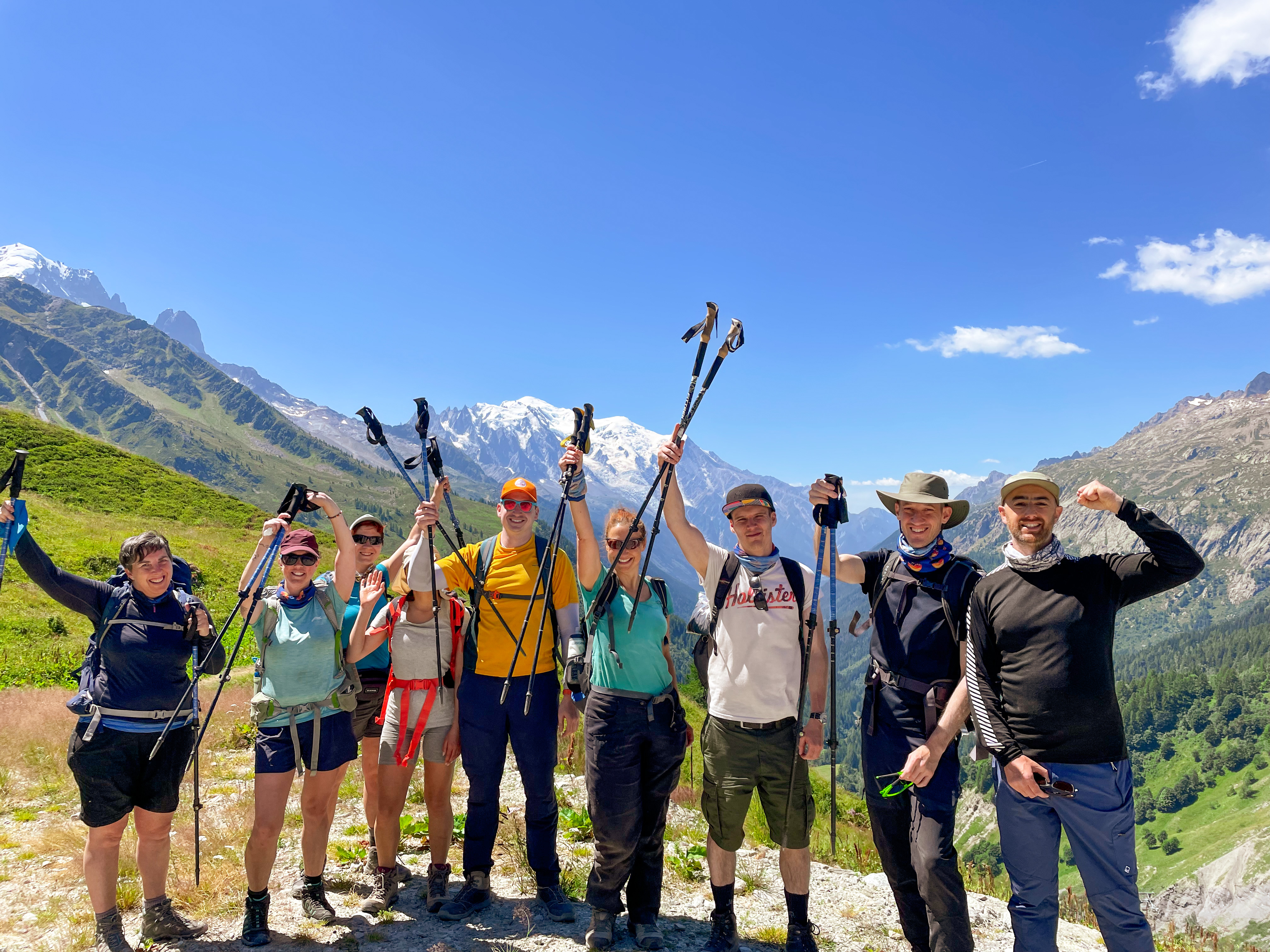
Day 2: Val Ferret to La Fouly
Distance: 16km. Ascent: 1,000m. Descent: 1290m. Max altitude: 2,537m
Time: 6-8 hours
Itinerary: We’ll ease into the day with a gentle start along the balcony route, catching the morning sun as it rises over the peaks - proper feel-good stuff. At some point, we’ll stop for a break (and yes, coffee and the first cake of the day absolutely included).
Once refuelled, we’ll tackle the climb up to Col du Grand Ferret - sitting at 2,537m, it’s the highest point on the whole TMB. Big views, big sense of achievement.
In the afternoon, we’ll drop down into Switzerland, passing through a local farm where you can try some of the region’s cheeses (don’t worry, there’s always cheese). Then it’s onto La Fouly, and from there, a short transfer to Champex-Lac, where we’ll spend the night. If the weather’s good, there’s even a chance to go for a dip in the alpine lake. Cold. Refreshing. Surprisingly addictive.
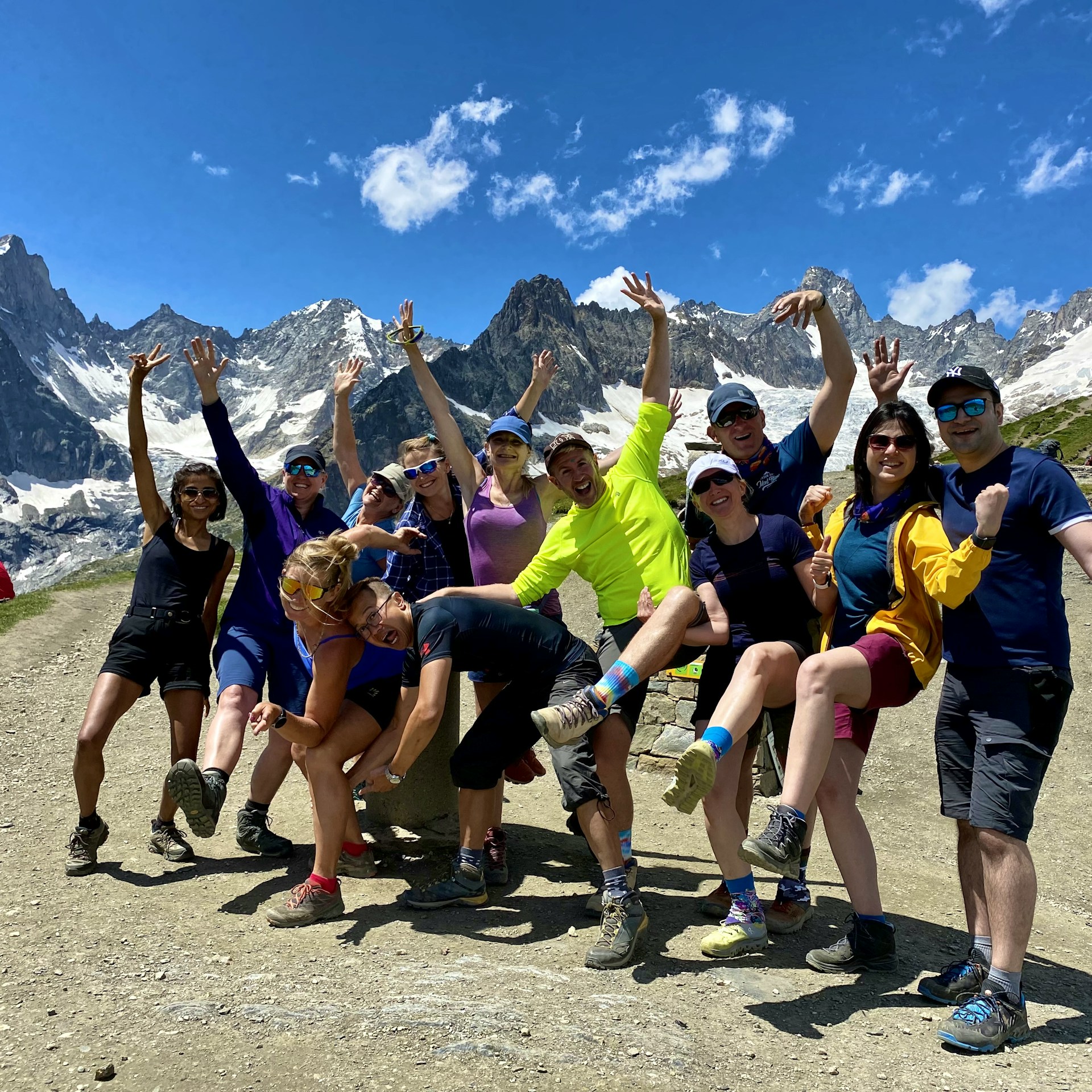
Day 3: Champex-Lac to Trient
Distance: 18.5km. Ascent: 810m. Descent: 1,000m. Max altitude: 2,050m
Time: 7-8 hours
Itinerary: We’ll kick things off with a few downhill kilometres to get the legs moving, before a proper climb up to Bovine. It’s a bit of a challenge, but totally worth it - this spot’s famous for its Swiss mountain lunches (the Rösti here is next-level).
After lunch, we’ll descend to the legendary Col de la Forclaz -famous for its role in the Tour de France. There’s also a local ice cream spot if you fancy a sweet reward.
The day wraps up with a peaceful walk through the trees down to the village of Trient, known for its pink church and postcard vibes. That’s where we’ll stay the night.
.jpg)
Day 4: Trient to La Tour
Distance: 11.1km. Ascent: 975m. Descent: 1,192m. Max altitude: 2,202m
Time: 4 hours
Itinerary: It’s the last day of hiking, and we’re heading back into France. We’ll start early with a steady climb through the trees up to Col de Balme - one of the best spots for jaw-dropping views of Mont Blanc.
In the afternoon, we’ll make our final descent through open meadows to Le Tour, where we’ll stop for a well-earned lunch.
From there, you’ll either catch public transport back to Chamonix (around 4:30pm) or continue on to Geneva Airport for about 6:30pm. Job done. Legs tired. Camera roll full.
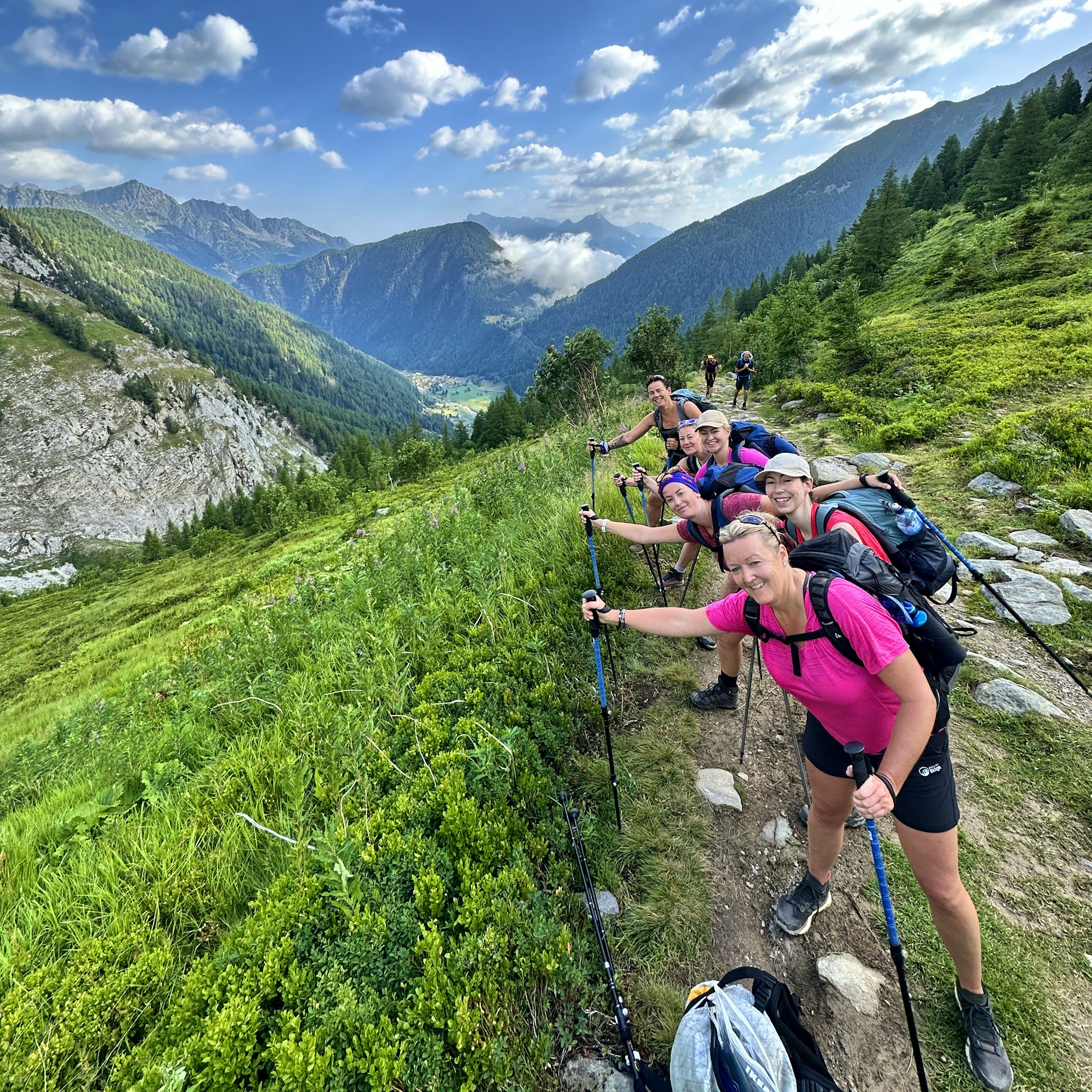
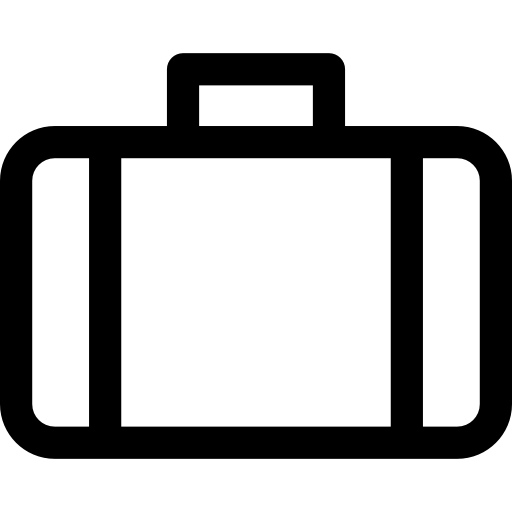
Kit List
Clothing
Please make sure that you have non-cotton clothing for trekking.
- 2/ 3 x shirts
- 3 x hiking socks (invest in Merino socks)
- 3 - 4 pairs of underwear
- 1 x fleece
- Light down or Primaloft jacket
- Waterproof jacket and trousers
- Hiking trousers/ shorts
- Sun Hat, Warm Hat and gloves
- Buff or scarf - we will give you a team one!
- Swimming shorts/costume
Footwear
- Trekking boots/ shoes: 3 or 4 season lightweight
- Optional Lightweight shoes for the evening (or borrow hut slippers)
Documents
- Passport
- Boarding pass for flights
- Money (CHF / EUROS)
- Credit/Debit Card
Sleeping
- Sleeping bag liner (you can buy from us)
- Ear Plugs
Other
- A day bag: 35 - 40 litres - all your kit should fit into this bag
- Travel towel
- Dry bag or liner
- Water bottle: At least 2L
- Sun protection: Sunglasses, suncream and sun hat
- Personal medication
- Toiletries - slim this down you do not need much
- Electronics - headtorch, travel adapter, phone and charger
- Hand sanitiser
- Hiking poles (Available to rent for 10 Euros - just ask your guide)

Difficulty Rating
This trip has been rated as Moderate
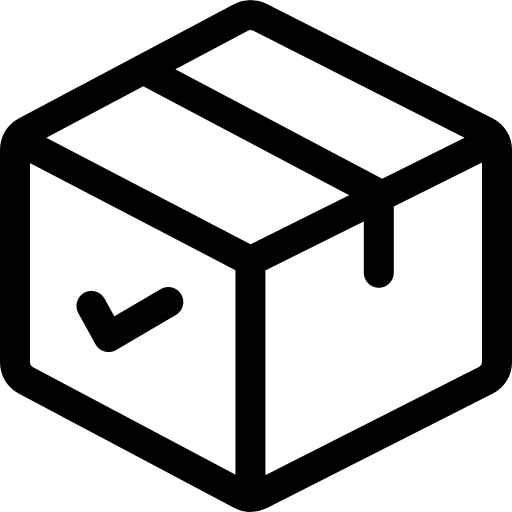
What's included
- Accommodation
- Guides
- Airport transfers
- Food
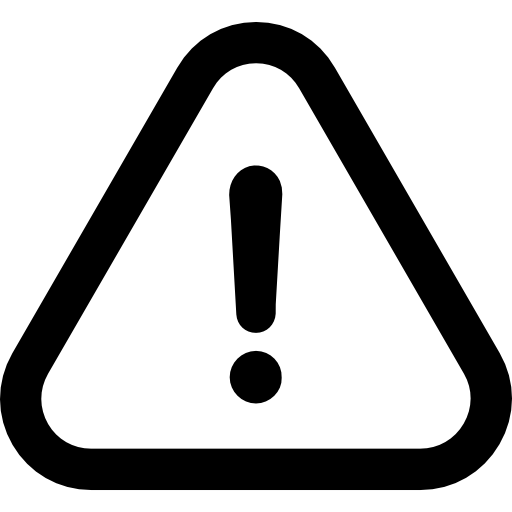
Not included
Our trips are hassle-free by design. We include all the activities and equipment, as well as many of the meals, so you can simply rock up with your rucksack and share the adventure with your new pals.
Travel to and from the trip
Our trips do not include flights, trains or other travel to the start point and back from the end point.
Travel insurance
Travel insurance is compulsory for all of our adventures and you are required to provide your policy information before departing. Your insurance should include adequate protection for overseas medical treatment, evacuation/repatriation, your baggage and equipment and the specific activities involved on your adventure. We also strongly recommend it includes cancellation and curtailment insurance, should you be unable to join your trip for specific reasons such as illness.
Visas
Visa requirements often change, and you are responsible for obtaining any required visas for this trip. Please check with your nearest embassy or consulate for up-to-date advice.
Personal Expenses
You know your own spending habits best, so please budget an appropriate amount for things like optional meals and drinks, shopping, optional activities, and laundry.
Videos
FAQ's
Do I need a Visa?
This depends on the country you are coming from. European/EU/EEA should not. Non-EU countries (including the UK) will need an ETIAS from 2025. Please view updates about this new regulation on ETIAS.COM. This needs to be sorted out online well before you travel and has a small fee. (7 Euros). Please make sure you get this from the official website as there are scam websites charging more. It's up to individuals to ensure that travel requirements are met.
What plug adapter do I need?
Unfortunately, we are travelling through 3 different countries with slightly different plug requirements. A Hexagonal 2-pin USB charger will work everywhere. WE NOW SELL THESE AND YOU CAN BUY THEM FROM YOUR GUIDE AT THE VERT LODGE at cost price of 10 Euros (1/3rd of airport price). They are also lighrtweight. Rifugio Bonatti (night one) has a charging bank. Relais d'Arpete (night two) has a plug in each room. Le Auberge Mont Blanc (night three) has plugs in each room. Swiss plugs are recessed though so you need one that is hexagonal!
Do you cater for most dietary requirements?
We try to, whether you're vegetarian, vegan or have allergies. You must inform your guide via your dashboard about your dietary requirements at least 30 days prior to the trip. We will inform the accommodation to prepare for you.
Do I need travel insurance?
Yes - you must have travel insurance including search and rescue, with hiking up to 3000m. We are not certified insurance agents and therefore cannot legally answer questions about insurance. Popular providers clients have used in the past include the British Mountaineering Council (Trek policy, UK if a BMC Member), Snowcard (UK residents) and the Austrian Alpine Club (All nationalities, an annual policy comes with other benefits). You may have insurance as part of an annual policy - please check this includes mountain rescue upto 2500m. These do require organising before you leave so that you get all the details. Price comparison websites will provide this. Typical costs seem to be around 20 EUR for a week. We are sorry that we can't recommend Insurance providers from every country. The Austrian Alpine Club seems to cover most countries, and its annual fee is 62 Euros.
Where are the start/end points on the Tour du Mont Blanc?
Start: On day 1 of your itinerary, pickup details are as follows: Option 1: 8:00 AM at Geneva Airport (the group cannot wait for delayed flights, so please fly in with enough time spare). We recommend your scheduled flight arrival is 6:00 AM at the latest or preferably the evening before. Option 2: 9:00 AM at Chamonix Vert Lodge Hotel - this lets you enjoy Chamonix the night before and a more relaxed start. You will need to fly in at least the day before. It is important that you do not miss your start time as you will not be able to meet up with the rest of the group until the evening of Day 1 or even the morning on Day 2 on your itinerary. Please note that you'll have to cover any costs resulting from a delayed arrival. End: You will return to Chamonix, Vert Lodge at around 3:00 PM, or at Geneva Airport at 5:30 PM on day 4 of your itinerary. Feel free to take any flight leaving the airport at 8:00 PM or later to allow for any problems that may arise in getting off the mountain or on the roads.
Do I need walking poles and how can I rent them?
YES - Poles come highly recommended by us. All of our guides use them and that is for a reason. Check out the video to explain why. We find that after just half a day, customers who haven't used them before love them and buy them as soon as they get home. Our guides all give lessons on how to use them efficiently. Research shows that they give you a 20% improvement. You can rent them for the bargain price of 10 Euros for the trip. Your guide will have them ready for you at the Vert Lodge and you can pay cash there. This saves you having to get them through the airport if you are already an avid pole user.
Is luggage storage available?
Yes, at our base room in the Vert Lodge, we provide luggage storage for a small bag per person. The trip starts and finishes at the Vert Lodge with your guide. So everyone has the opportunity to leave things there. We really recommend staying in the alps longer and basing yourself at this great little lodge. This is available to all guests on our tour.
How much cash should I bring, and in which currency?
The currency used in France and Italy is Euro’s. In Switzerland, they use the Swiss Franc, chfs, but normally accept Euros at a poor exchange rate. We recommend changing your money before you arrive as it is not possible once you've left the airport. You WILL need money for lunches, drinks, souvenirs and tips . Alpine refuges do not always take cards or digital payments. We recommend: 100 euros & 150chfs per person, depending on how much you eat and drink extra. At the very least use the cash points at the airport to get Swiss Francs (chfs)
Do I need walking boots?
Yes we highly recommend wearing walking boots rather than trainers, as they provide more grip and help to prevent any sprains/injuries. This is a safety concern so please take this seriously. If you are used to walking in trail shoes or similar that can be fine unless there is snow on the ground in early season - then we insist you wear boots.
What to do If my flight is cancelled or delayed?
If you experience a delay or cancellation to your flight, please get in contact with the AlpsAdventures guide team by WhatsApp/ phone at the number on your confirmation/dashboard. This is the quickest way to get a response. You can call or send a WhatsApp message. We can then look at the options available to you.
Is there free parking?
There is roadside parking near the Vert Lodge Hotel that you can leave your car at during the trip if you are driving to Chamonix. This is at your own risk. Please do not park in the Vert Lodge reserved parking spaces and leave your car there for 4 days as these are limited.
Where do we meet at Geneva Airport?
The drivers will meet you in front of the Montreux Jazz Cafe, INSIDE the airport arrivals hall. Do not exit the building. After leaving customs, turn right, walk 67 meters, and stop. You should be next to a pillar in front of the entrance to Montreaux Jazz Cafe. On the ground floor. Follow the signs for car rental and you should spot it. Look for Chamonix Valley Transfers (CVT).
What happens if I arrive after the start time?
It's important that you're ready to leave Geneva Airport at 8:00am, or meet at the Vert Lodge in Chamonix 9:00am 2024. This is to ensure that we get the best out of the day. We understand that your holiday allowance is precious, but should you have the flexibility to arrive a day earlier, then you can enjoy a more relaxed arrival, and soak up the culture around the alpine town of Chamonix or the beauty of Geneva on the lake. If you are unlucky enough to miss the scheduled pick up you'll need to book a private taxi to catch up with the rest of the group. In this event, you'll need to give the guiding team a call who can come up with an appropriate plan of action.
Can you pick me up from Chamonix?
Yes, the bus can either pick you up at Vert Lodge in CHAMONIX or at the airport in GENEVA. Please inform your guide via your dashboard at least 30 days prior to the tour. You can book rooms or capsules at the Vert Lodge before or after your trip. If you are staying in Chamonix centre, the Number 1 bus offers a short ride to Les Gaillands, the bus stop outside the Vert Lodge. The bus timetable can be found here: https://bit.ly/3xycJQj Alternatively, the train also stops nearby at Les Pelerins.
Should I tip the guide?
If you feel your guide has done a good job, a tip is always appreciated as a way to recognise the care, skill, and energy they put into making your trip enjoyable and safe. Guiding involves much more than leading the way – your guide also manages logistics, navigates changing conditions, supports the group, and creates a memorable experience. While tipping is entirely at your discretion, it is a meaningful way to show your appreciation. We would recommend a 20 Euro per person minimum.
How will I access food and water on the trail?
During the summer, it can be quite warm in the Alps, so it is important to carry enough water. We strongly recommend taking two litres of water. The tap water at the accommodations you will stay is drinkable,e but there are places along the way to fill up your bottle. Your guide will give you advice on this for each day. If this is a concern for you, then we recommend that you pack iodine tablets or other water purification methods. Day 1: 3 hour walk, no refills. Day 2: 8 hour walk, 3 opportunities for refills. Day 3: 7 hour walk, 2 opportunities for refills. Day 4: 4 hour walk, 1 opportunity for refill. Food While trekking, you will have the chance to taste a great variety of local specialities. The breakfast is continental, often with a variety of juices, tea and coffee. The three-course dinner in the evening is hearty. For Day 1, you will need to bring lunch with you as there is nowhere to stop on the route. During Days 2, 3 and 4, you can purchase lunch along the way or pay for a packed lunch from the hut. Your guide will help you order. If you have any food allergies (vegetarian, vegan, gluten intolerance, etc), please make us aware of this when completing your registration form, found on your Skyhook dashboard. We will communicate that to huts, but if you have a specific dietary requirement, then please plan to get enough energy.
How do I get from Geneva Airport to Chamonix?
Your transfers are included from Geneva Airport to Chamonix and back on the first day (8.00 am pickup) and final day (4.30 pm departure 6.00 pm arrival) of your trip only. These are from Geneva Airport only. We do not have the ability to pick up at other places.
Do you trek the full Tour du Mont Blanc?
This is part of the full Tour Du Mont Blanc, which otherwise takes 10 - 11 days in total. We believe these are 4 of the best days on the full route, giving you the chance to experience the Tour du Mont Blanc Highlights! We believe our other trips are even better than the bits of the TMB that we don't do.
What's the terrain like?
The trek involves a lot of ascent and descent on a mix of trails. This includes – rocky terrain, forest trails and sometimes gravel tracks. It is important that you are steady on your feet and have experience walking on mountain paths. Do try and get some practice in before you come. We go at a slow steady pace that everyone can keep up with.
Can I join you as a solo traveller?
Absolutely! We get lots of solo travellers - it's a great way to meet like-minded people.
What kind of accommodation do we stay in?
We'll stay in mountain huts in secluded locations. The rooms are dormitory style with shared bathrooms. You can expect electricity and Wifi. What kind of accommodation do we stay in. Bedding (duvet and pillow) will be provided for you in each hut, but you do need to bring a thin sleeping bag liner. Towels, toiletries and other facilities, such as hairdryers, that you often find in hotels are not available at our mountain huts.
What is the best time of year to come?
In June, there may be snow - which often means we may need to adapt the route slightly or occasionally use snowshoes for part of the trek (which are provided free of charge). From late June to July, the flowers are at their best, but there is a slightly higher chance of rain. In August it is drier and the flowers are starting to turn. We have one week off for the UTMB when the trails are full of racers (sometimes your guides). In September, it's cooler again, and the trail is quieter - this can be a very peaceful time to come, but some of the cafes we normally use are closed. We may need to adapt the route if the Mont Blanc Tunnel closes.
How far and for how long do we trek each day on the Tour du Mont Blanc?
Day 1: Distance: 5.8km. Ascent: 550m. Descent: 50m. Max altitude: 2,056m. 3 hours. Day 2: Distance: 16km. Ascent: 1,000m. Descent: 1290m. Max altitude: 2,536m 6-8 hours Day 3: Distance: 18.5km. Ascent: 810m. Descent: 1,000m. Max altitude: 2,050m 7-8 hours Day 4: Distance: 11.1km. Ascent: 975m. Descent: 1,192m. Max altitude: 2,202m 4 hours
Can I leave my luggage somewhere?
You can leave luggage that you don't need in our locked room at the Vert Lodge at your own risk. That is where you meet and say goodbye to your guide.
Do I need to carry all my things?
You just need to carry clothes for the entire trip, as well as a few things for the specific day such as a bottle of water, waterproofs and toiletries. Your full bag should be around 5kg plus water. Pack as light as possible but do plan to bring all the items on the packing list.
How fit do I need to be?
Our trips are sustained challenges, not beach holidays. You’ll need a solid base level of fitness - think 8+ hours of trekking a day with an 8kg rucksack. Mental stamina is as important as physical - be ready to keep moving uphill for long stretches. Our mantra is slow and steady so don't let fitness worries be a barrier you are probably stronger than you think.
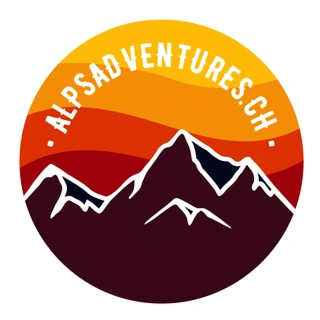
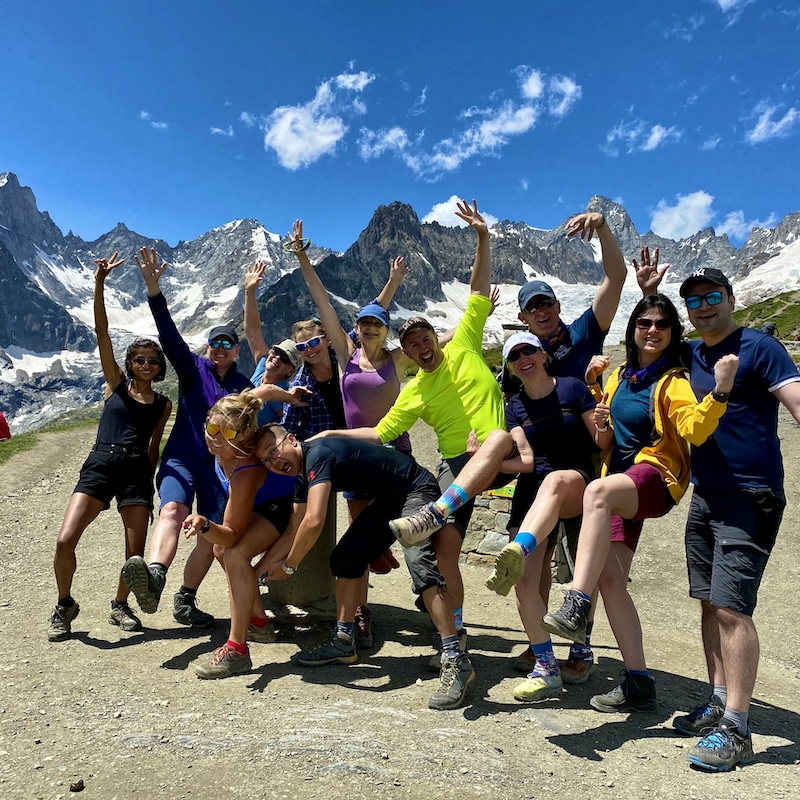
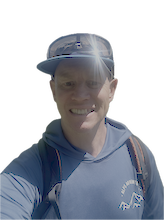
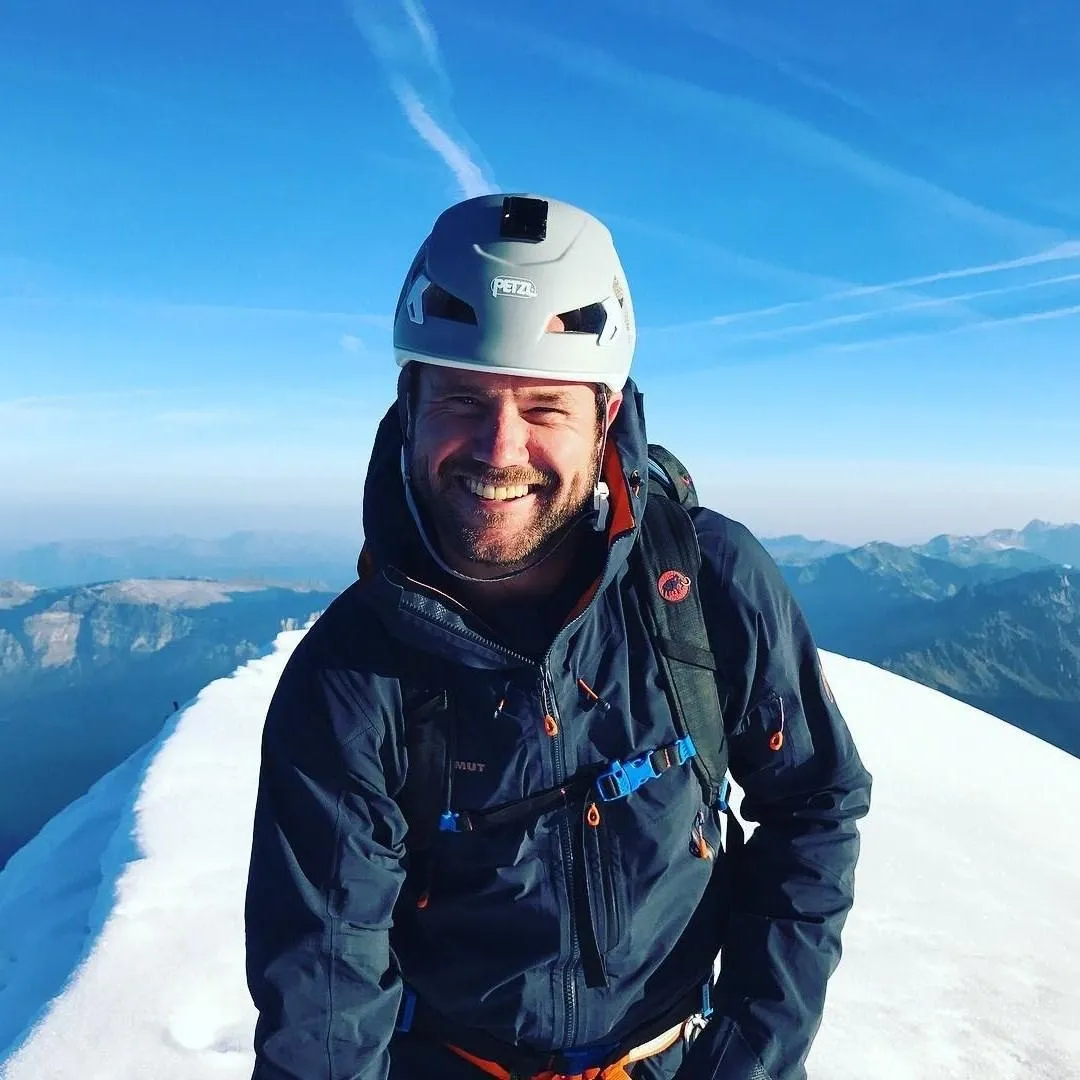
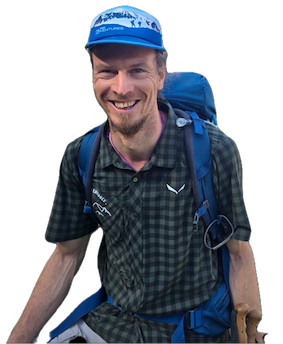
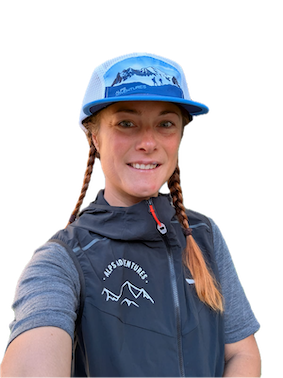

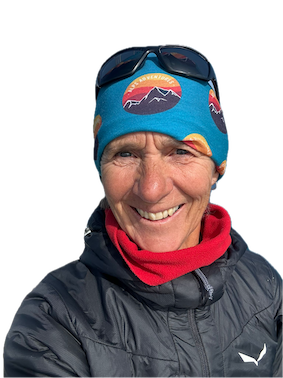

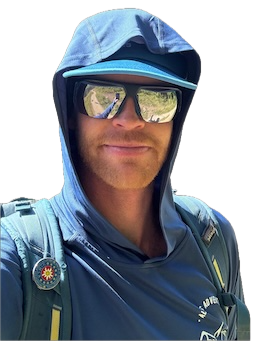
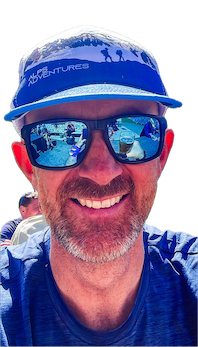
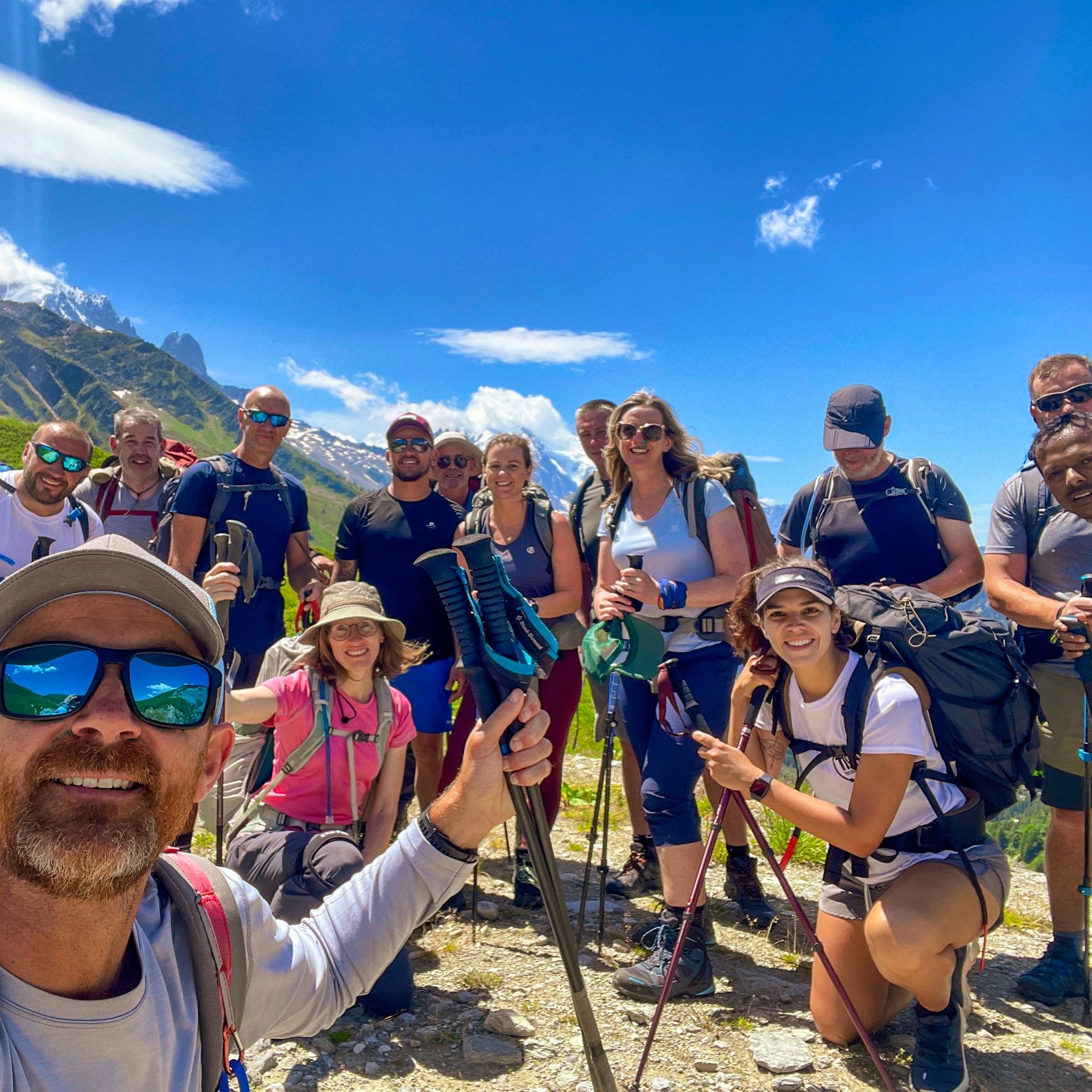
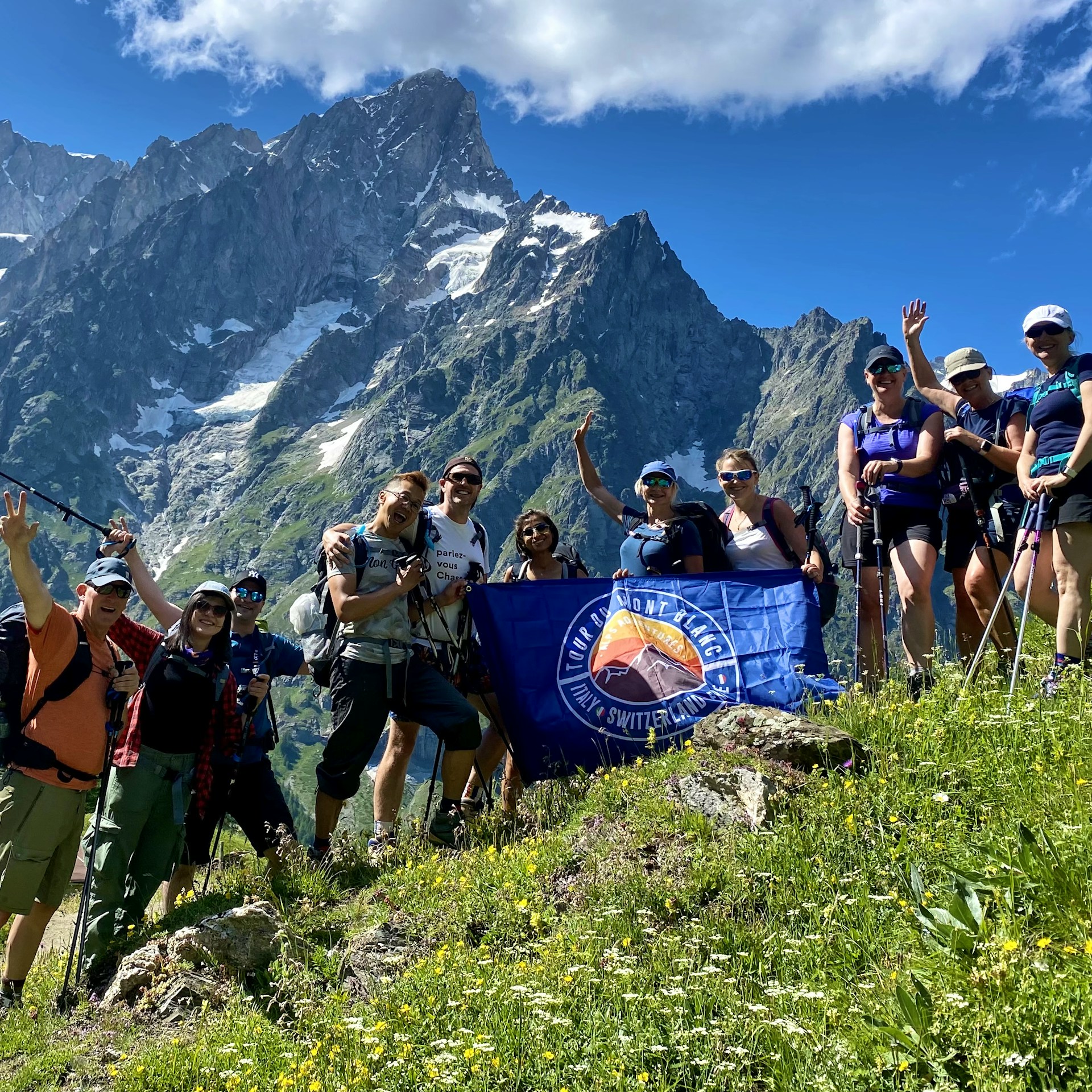

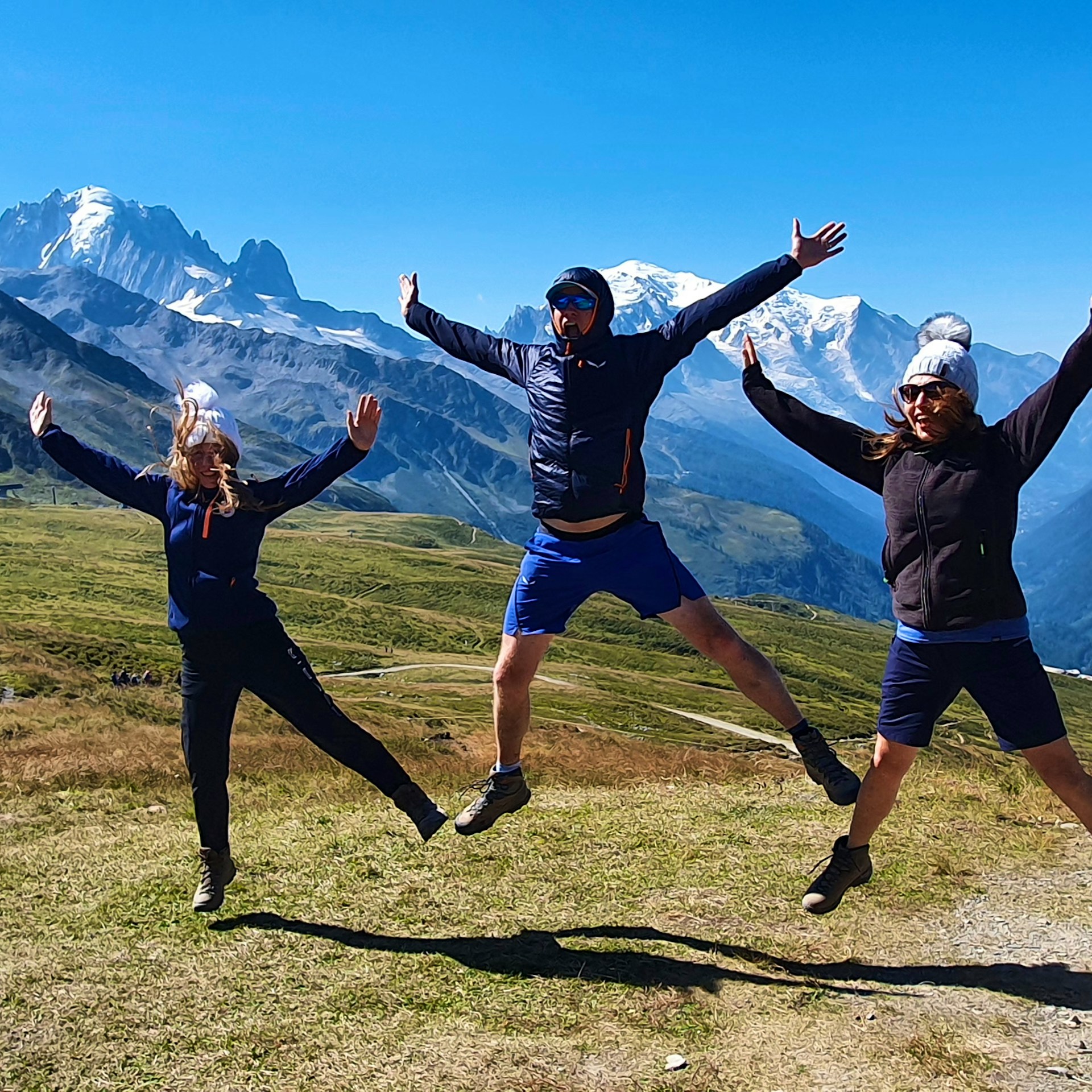
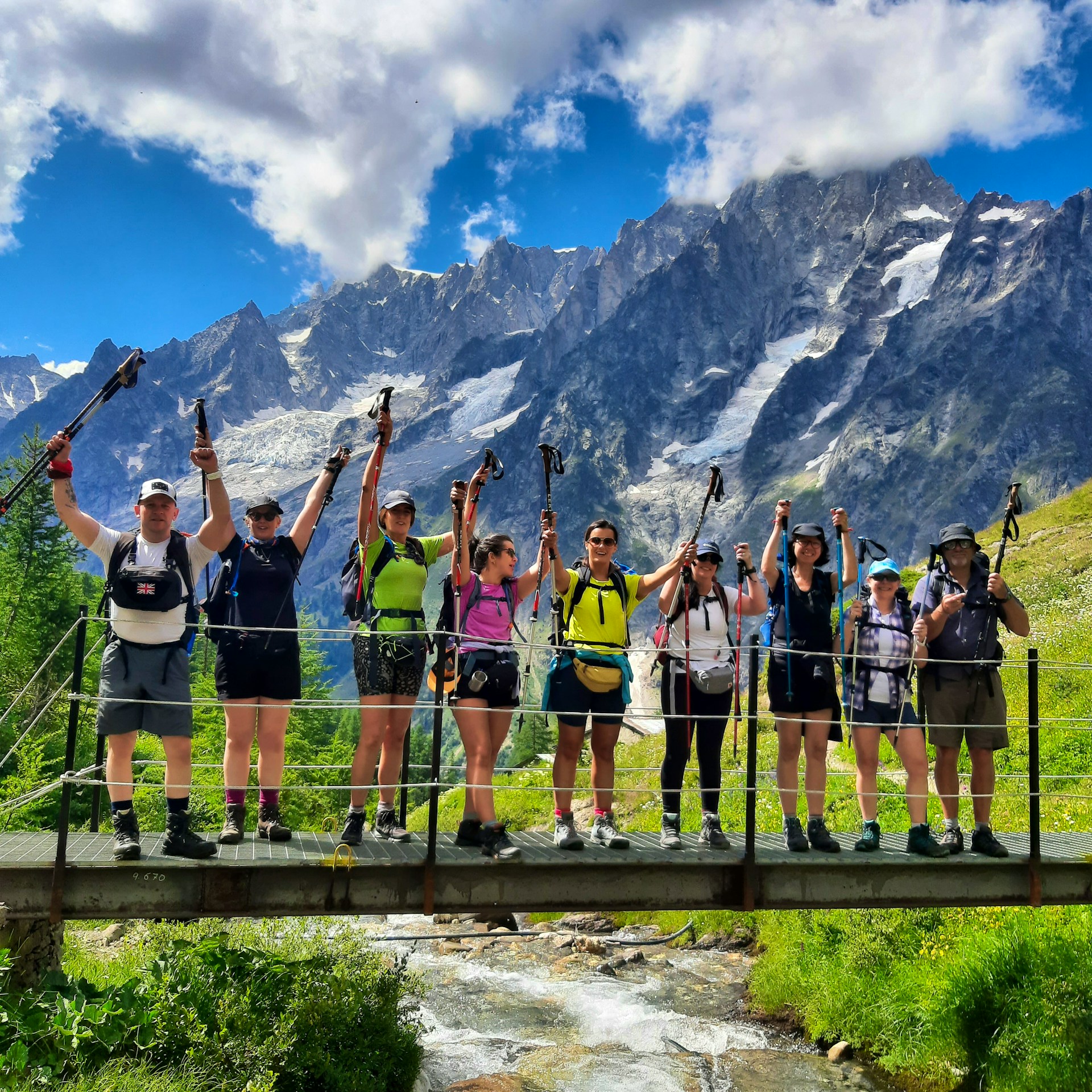
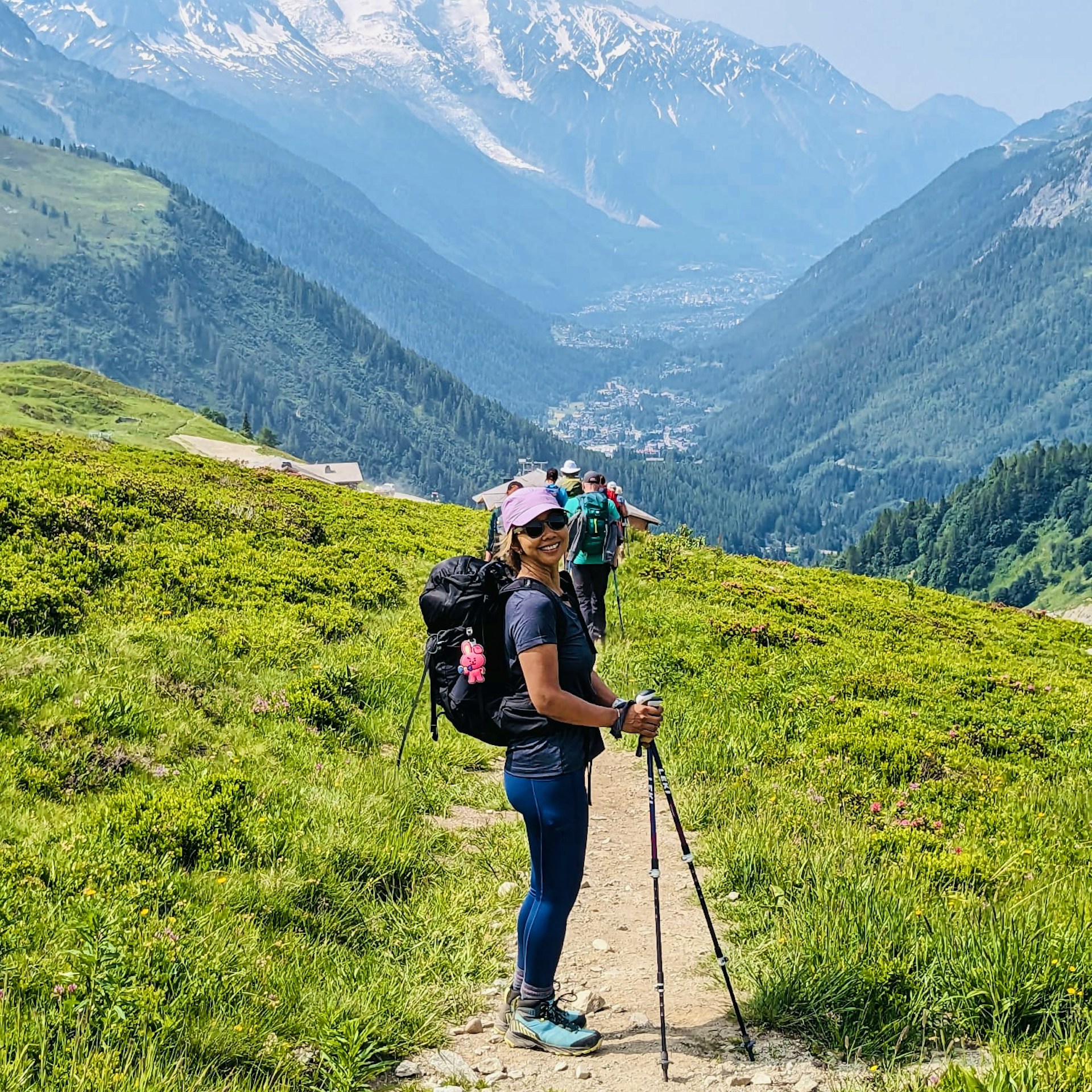
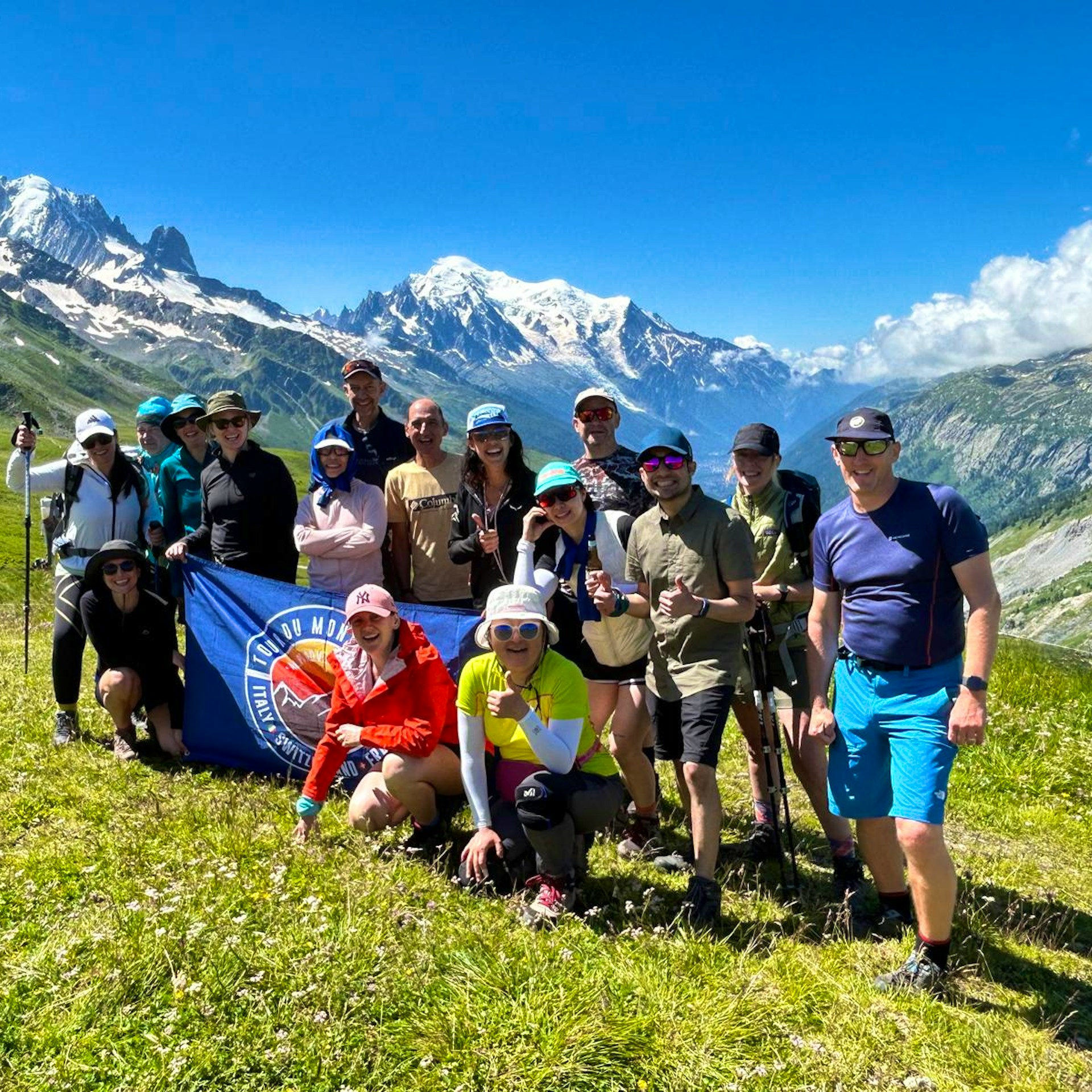

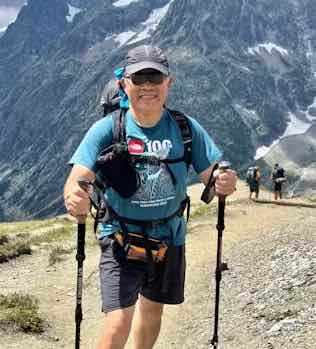
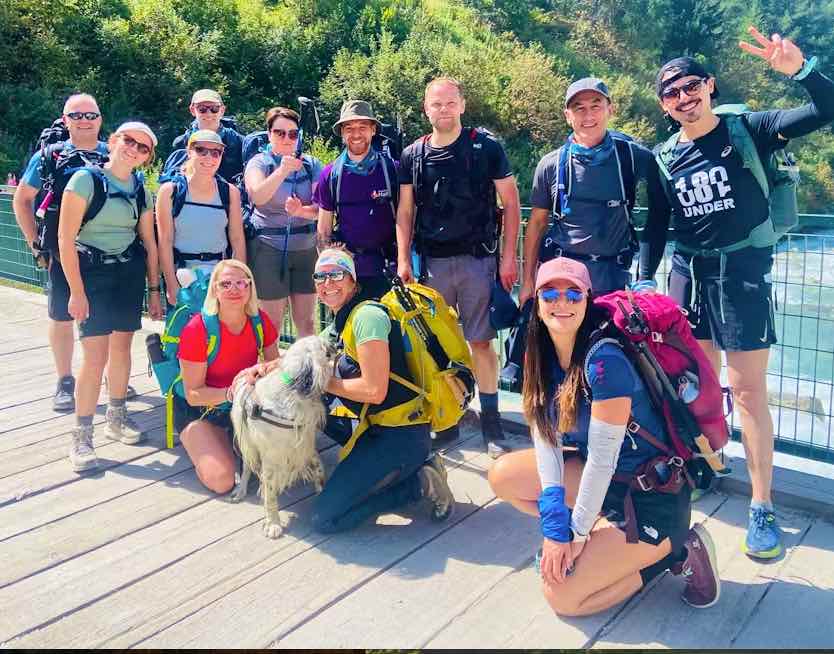
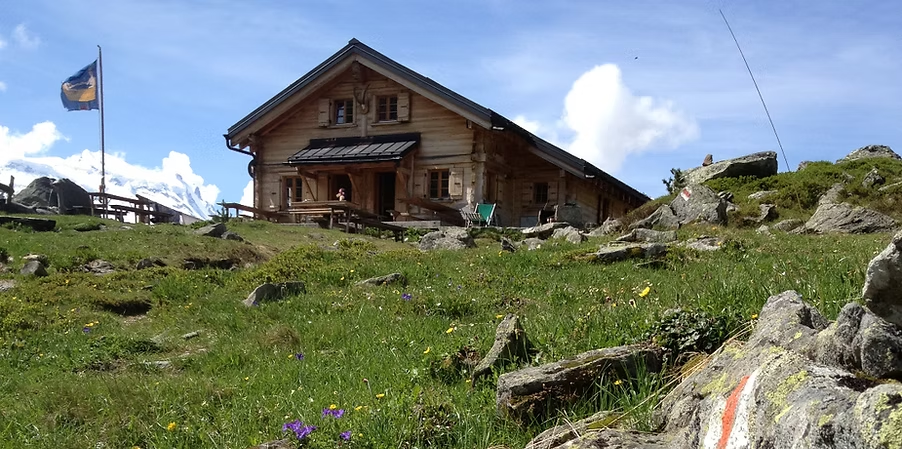
.jpg)
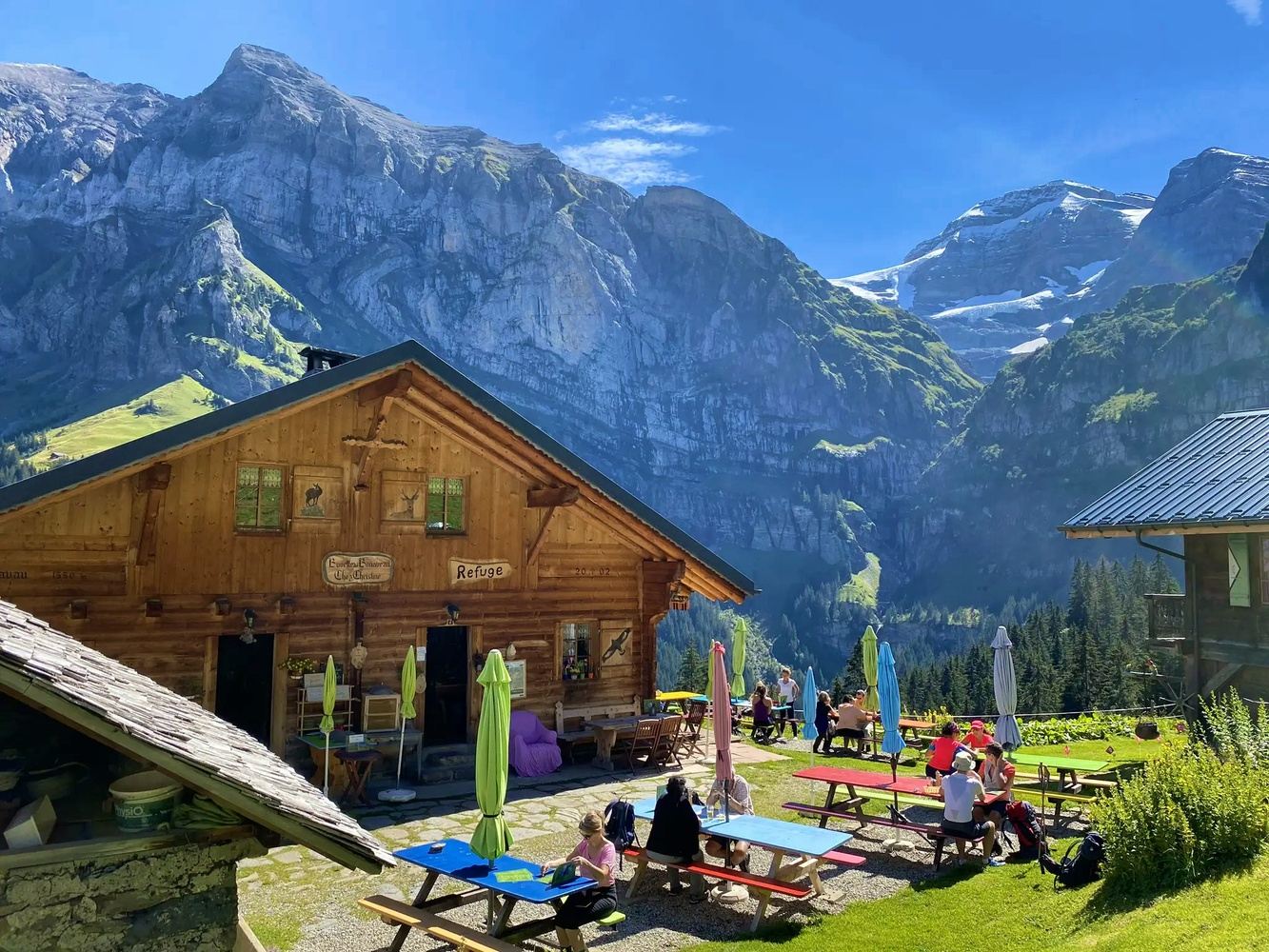
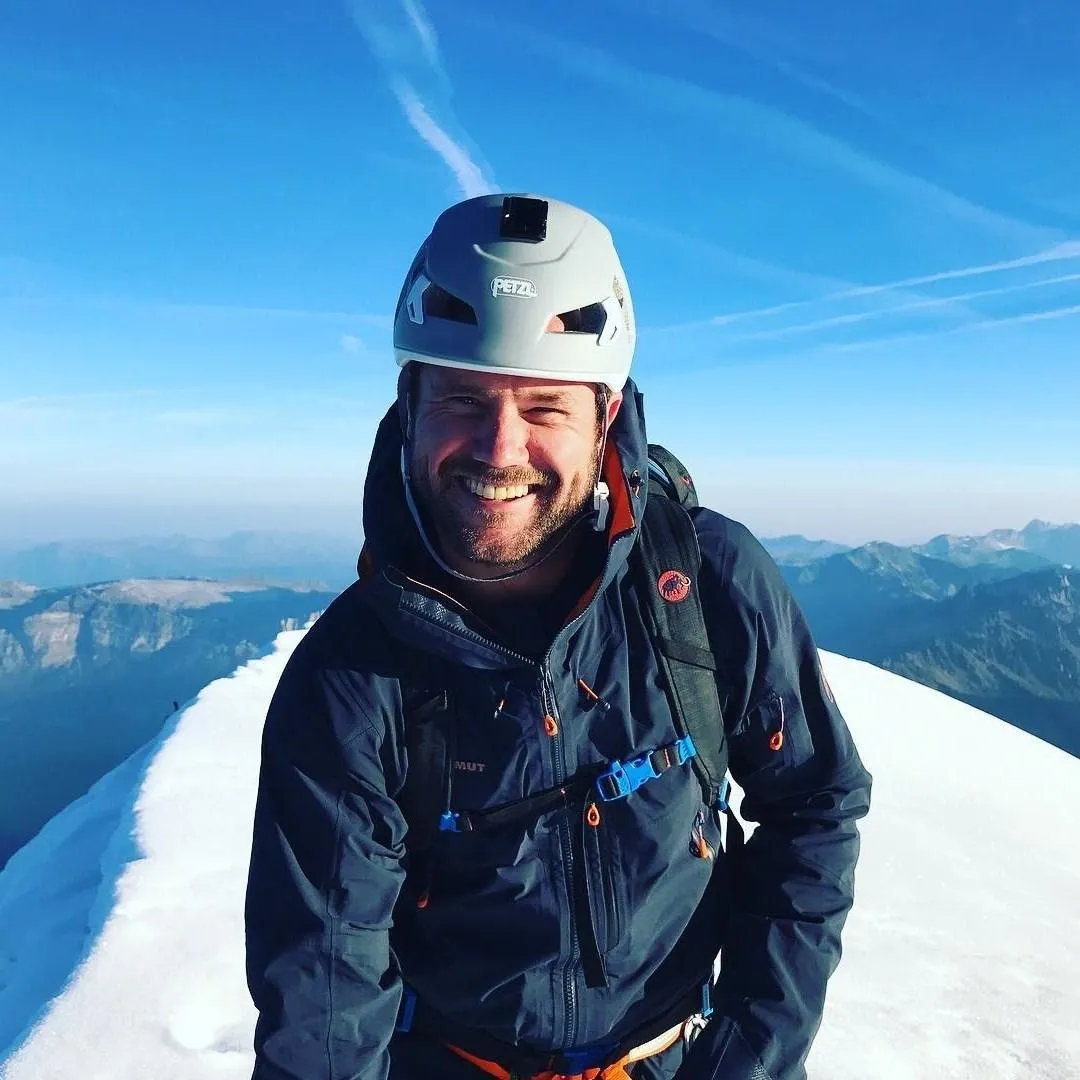
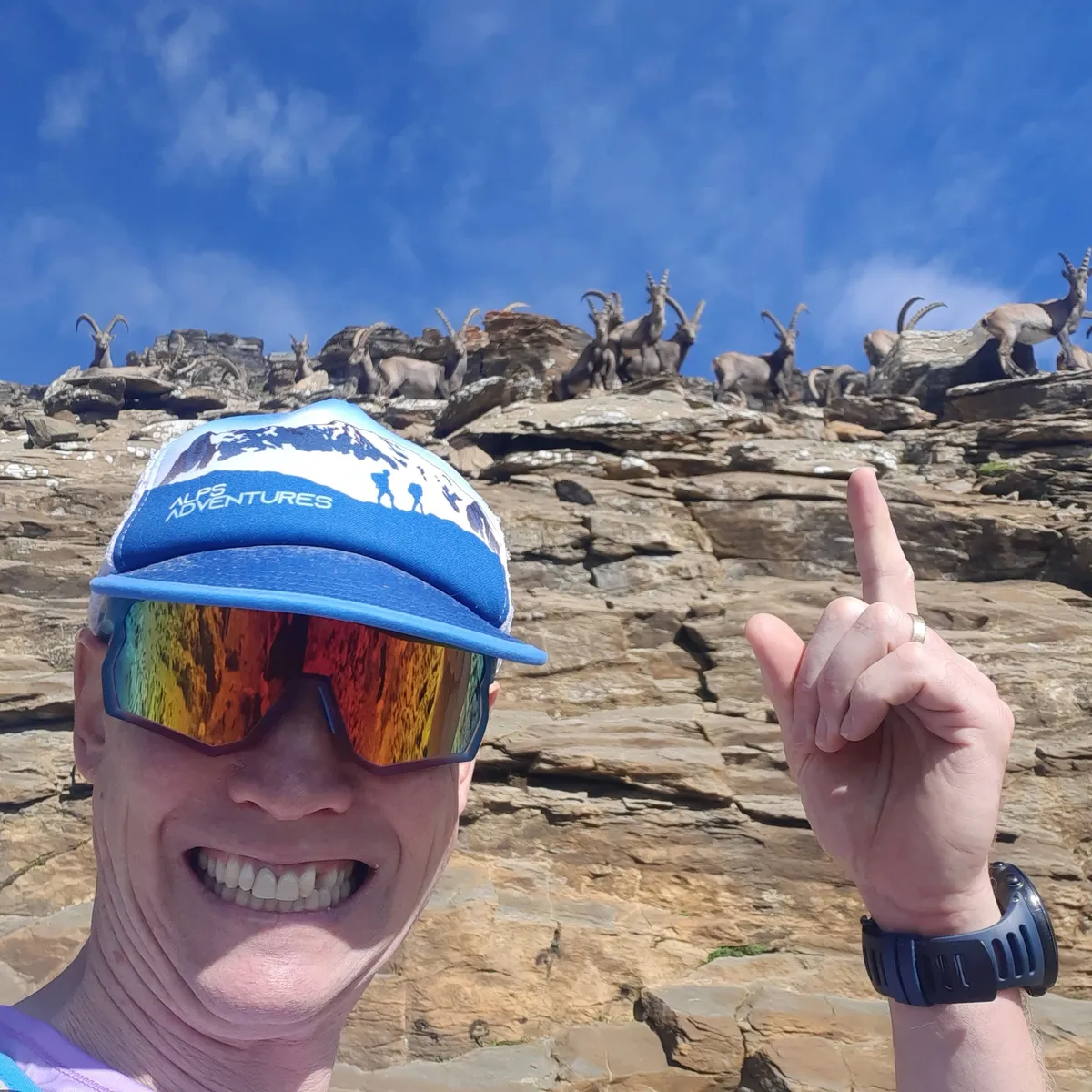
.webp)

.webp)
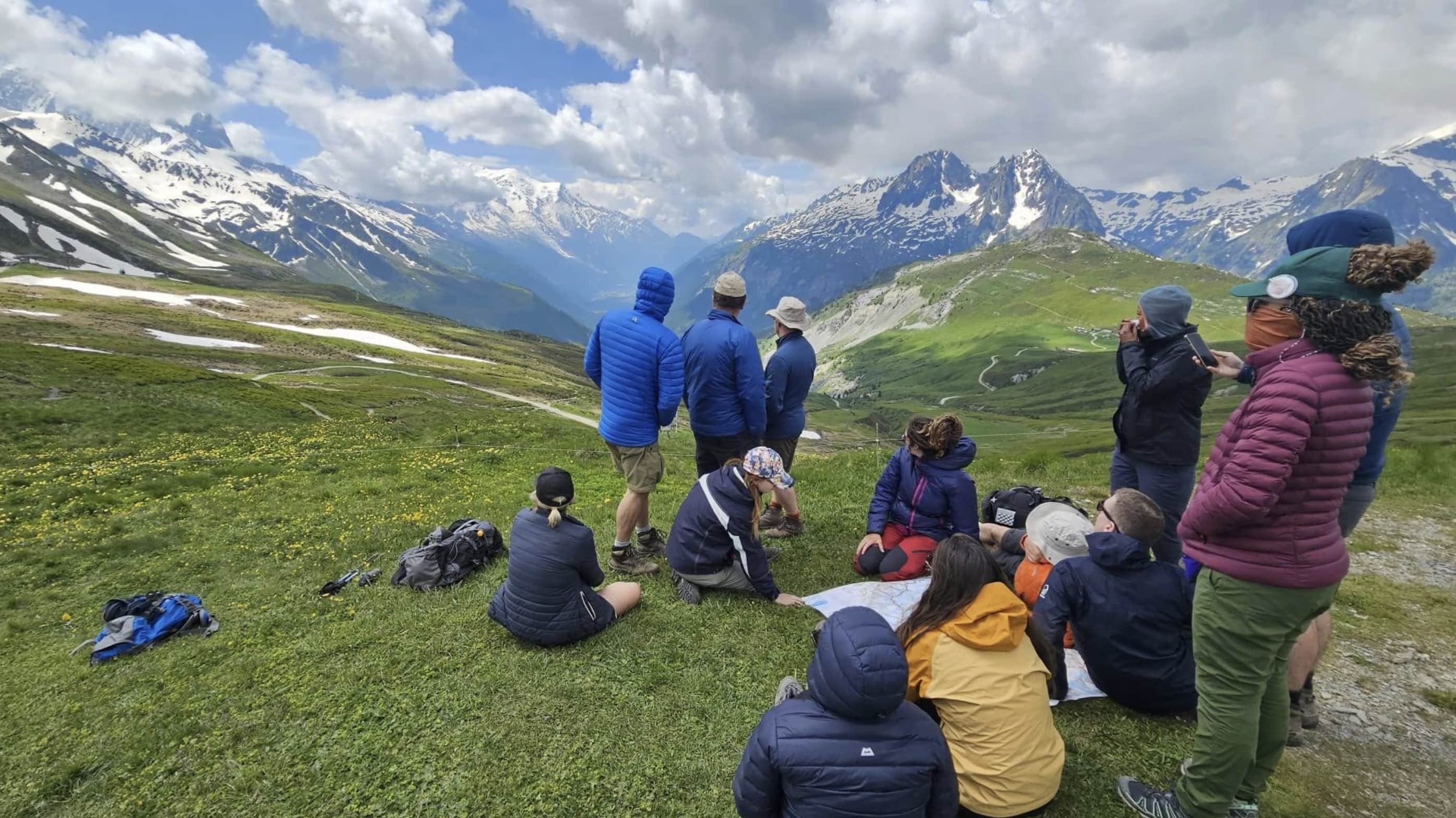

.webp)
.webp)